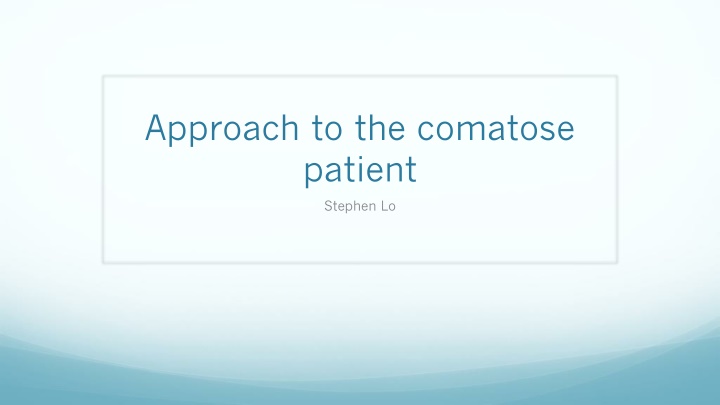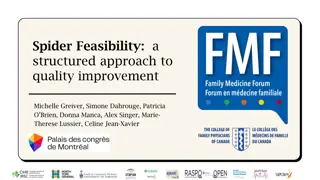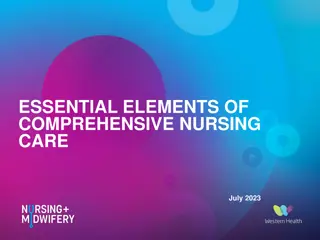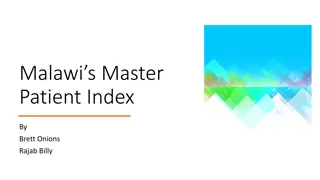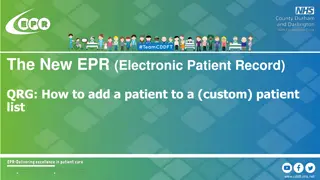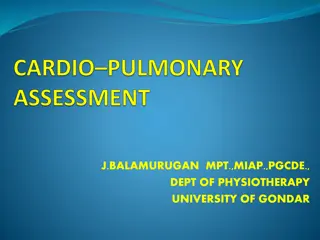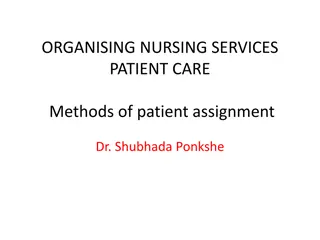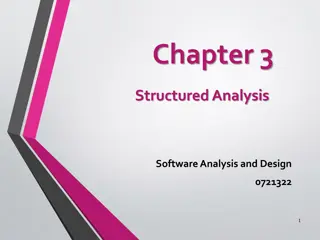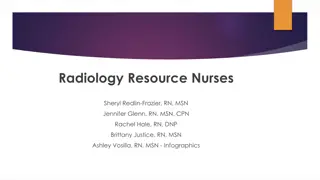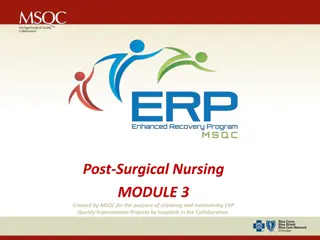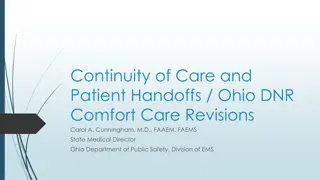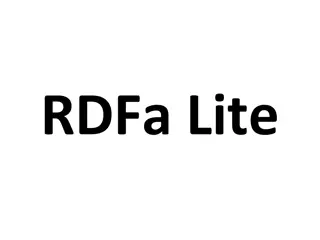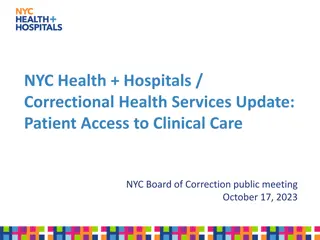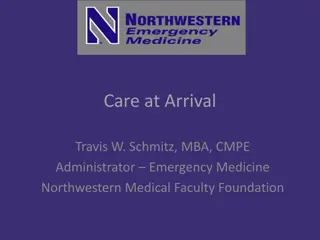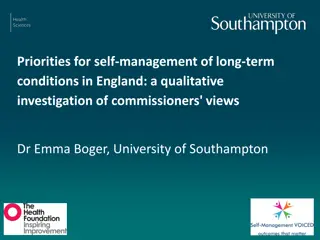Structured Approach to Comatose Patient Assessment and Management
Developing a structured approach to assess and manage comatose patients is crucial in emergency settings. This involves initial steps such as ensuring safety and adequate resources, followed by assessing airway, breathing, and circulation. Generating a list of potential differentials aids in narrowing down the diagnosis, focusing on intracranial and extracranial causes. Each category requires specific considerations, including surgical sieves for intracranial causes and metabolic factors for extracranial causes.
Download Presentation

Please find below an Image/Link to download the presentation.
The content on the website is provided AS IS for your information and personal use only. It may not be sold, licensed, or shared on other websites without obtaining consent from the author.If you encounter any issues during the download, it is possible that the publisher has removed the file from their server.
You are allowed to download the files provided on this website for personal or commercial use, subject to the condition that they are used lawfully. All files are the property of their respective owners.
The content on the website is provided AS IS for your information and personal use only. It may not be sold, licensed, or shared on other websites without obtaining consent from the author.
E N D
Presentation Transcript
Approach to the comatose patient Stephen Lo
Introduction Focus on developing a structured approach to coma Can be also applied to exam questions
Case 50 year old polynesian lady presented with headache followed by LOC How would you assess and manage this patient?
My approach Initial management Differential diagnosis Investigations Management
Initial steps: safety + ensure adequate resources Ask for resources ABC, basic resuscitation
Assessment of airway, breathing, and circulation Airway patency Airway protection: What is the GCS Is there protective reflexes present What is the risk of aspiration Are there secretions Rate and pattern of ventilation Circulation: signs of shock, hypotension. Consider maintaining CPP. In this case, I would put Blood sugar levels at the priority of the ABCs
Differential diagnosis Need to construct a list of differential diagnosis at this point.
Approach to the diagnosis Need a simple way of classifying causes Intracranial Extracranial
Intracranial Consider surgical sieve or other pneumonics Need to include the key ones such as: bleed, stroke, infection, trauma, Seizures, rarer causes such as tumours, autoimmune, vasculitis, PRES context specific differentials such as vasospasm, hydocephalus in SAH
Extracranial These are generally metabolic in nature. Again, have a sieve that you are familiar with, but need to include the most common ones including: Drugs: direct effect, indirect effects Acid base Hypoxia/hypercarbic Temperature Organ function: Kidney and liver Nutritional Electrolyte disturbance Endocrine Sepsis
Mimics of coma Severe peripheral neuropathy Guillain Barre syndrome Botulism Critical illness neuropathy Locked in syndrome Akinetic mutism
Assessment History and examination to rule out or in your differentials Catagorize into three broad categories based on patient s signs Coma with focal signs: Suggests an intracranial event Coma with meningism: Suggests meningitis, SAH Coma without signs: Suggests a very diffuse intracranial lesion or an extracranial cause
Investigations Consider all your options Systemic investigations CT head Lumbar puncture: MCS, PCR, antibodies CT angiogram EEG MRI SSEPs Cerebral angiogram
Whats your management now? Medical management Specific management Position of patient, CO2 control, BP control, Osmotherapy, sedation, sugar, seizure control, temperature General management Interventions Radiological interventions Surgical management
Case 2 49 yo male thai chef that was found collapsed at home, brought in by ambulance. How would you manage this patient?
Assessment ABC: Noisy breathing GCS: E1V2M5 Sats: 84 % on 6L BP 190/80, HR 90/min
Further clinical assessment Right side movement less than left Pupils equal and reactive
Finding underlying causes Thromboembolic Consider source of clot Bleeding Is there an underlying abnormality Infection Are there underlying structural abnormality or immunosuppression Epilepsy Adult onset always need to consider cause
Further investigations ASD on echo Paradoxical embolus and therefore infarct
Other learning points That an extensive unilateral lesion can also cause reduced LOC
